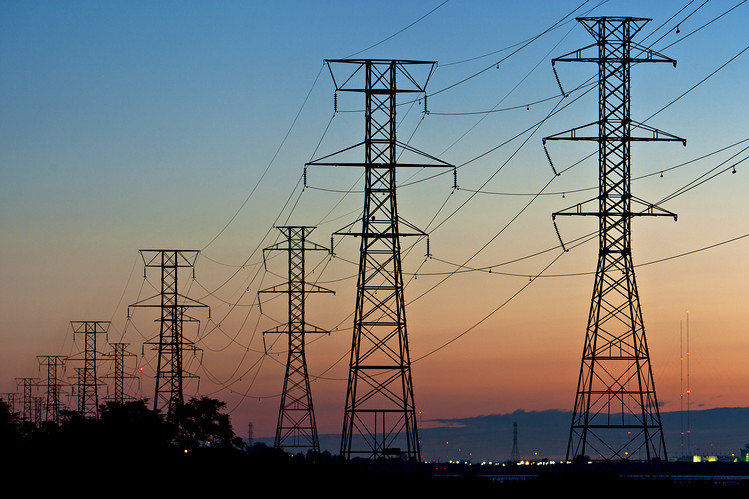
The coastal sea level rise prediction by the state's experts is based on the United Nation's Intergovernmental Panel on Climate Change computer climate model scenarios. It ignores the coastal seal level rise tide gauge recorded at numerous California locations, which demonstrates that the sea-level rise remains consistent with past periods and is not increasing despite assertions.
The reports that supposedly address the state's sea-level rise issues are devoid of assessments of actual long-time periods from the National Oceanic and Atmospheric Administration (NOAA) tide gauge data measurements. These data demonstrate that at numerous locations, the rate of California's coastal sea-level rise is consistent with, and not increasing over the last century as people are led to believe.
The NOAA data for the 97-year long coastal sea level rise trend in Los Angeles is about four inches per century and not 3.5 feet in less than 30 years. The state's "lower estimate" of 3.5 feet rise by the year 2050 is 26 times greater than the average rate compared to NOAA's data at numerous coastal locations including San Diego, La Jolla, Los Angeles, Santa Monica, Port San Luis, Alameda and San Francisco. In these places, the tide gauge shows that these locations average only 1.6 inches of coastal sea level rise in the next 30 years. The "higher estimate" of six feet of sea-level rise is 54 times greater than the measured NOAA tide gauge measurements. (Related: Sea level rise has SLOWED DOWN since 2002, totally contradicting the climate change "science" narrative.)
The NOAA tide gauge data updated through 2020 estimates that the global absolute rate of sea-level rise is about 0.7 inches per decade, far below the claims being made by California's experts.
The speculative climate model-driven scenarios are inappropriate for establishing California's government policy, which commits trillions of dollars in mandated actions based on nothing but politically driven guesswork. It deliberately and systematically ignores the NOAA-measured data.
Sea level rise prediction not likely to come true
In 2017, glaciologists Robert DeConto and David Pollard said in a paper that several massive glaciers in Antarctica were much more unstable than originally thought. These glaciers in the frigid west were predicted to increase global sea levels by more than three feet by 2100 and could destroy the homes of over 150 million people worldwide.
However, upon revisiting the results, they have lowered some of the worst-case projections for the 21st century, saying that Antarctica may only contribute to about a foot of sea-level rise by 2100. This finding came after the team improved their own ice model, which is said to be closer to predictions made by others.
The worst-case skyrocketing sea level scenario seems extremely unlikely within the next decade. In their research, DeConto and his colleagues say that there's a tipping point of global temperature rise before the West Antarctic Ice Sheet is set to slip into rapid collapse.
The researchers champion an idea called "marine ice-cliff instability" or MICI, which maintains that the West Antarctic glaciers will eventually crumble under their own weight by the middle of the next century, and the mechanism could send ocean levels soaring.
While the idea may need honing, it is cinematic. It focuses on warm ocean waters that will eventually chew away floating ice shelves from the Antarctic glaciers today. Other researchers find this possibility somewhat fantastical. Frank Pattyn, a glaciologist at the Free University of Brussels said that European modelers are skeptical of the marine cliff idea, adding that it has not been observed as such a scale.
Dan Martin, a computational scientist at Lawrence Berkely National Lab, argued that his and his colleagues' work showed that ice cliffs may simply be a product of running a computer model of ice physics at low resolutions. Eric Larour from the National Aeronautics and Space Administration also presented the possibility that the physics of the Earth itself may counteract the rapid ice-cliff collapse.
Sources include:
Please contact us for more information.























